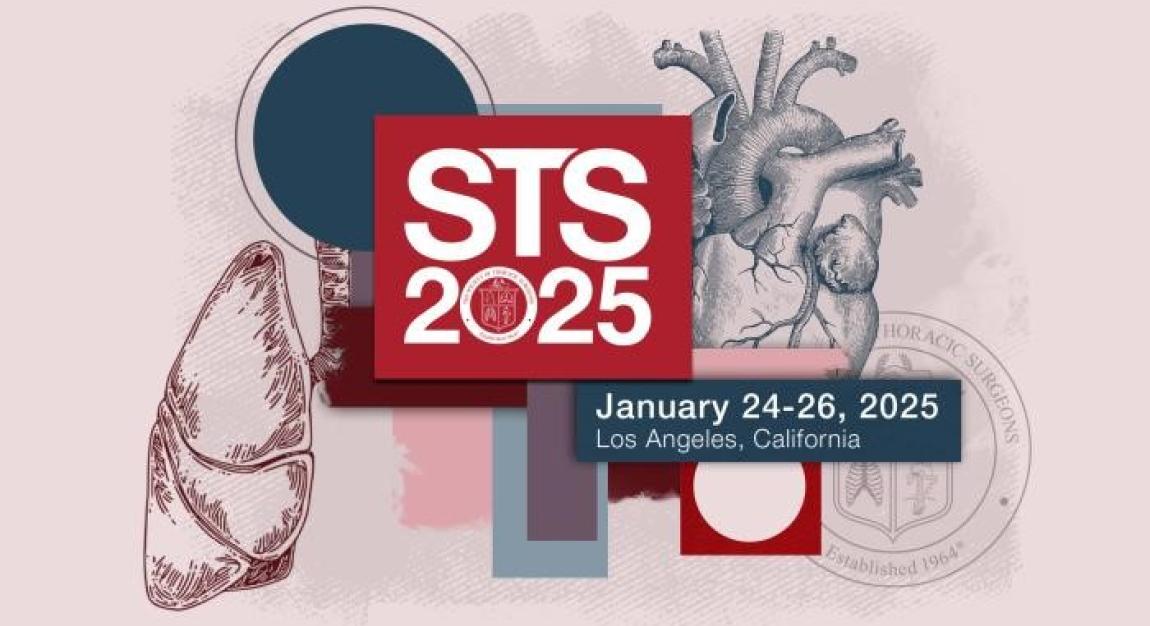Evaluating the performance of congenital heart surgery centers is essential for improving patient outcomes. However, traditional methods of assessing performance have their limitations. At yesterday’s STS 2025 session, Sharon-Lise Normand, PhD, a professor of health care policy at Harvard Medical School, presented Improving Risk Adjustment in the Assessment of Congenital Heart Center Surgical Quality, which explored the use of modern causal inference techniques. These techniques aimed to better account for differences in case mix across centers, enhance risk adjustment, and provide a more accurate evaluation of center performance.
Utilizing data from the STS Congenital Database over a five-year period, the study examined 115 heart surgery centers across the United States. It compared two approaches for predicting postoperative mortality rates:
- Traditional Method: This approach employed a statistical model that included data from all types of heart surgeries, even those that differed significantly from the procedures performed at the specific center.
- Causal Inference Method: In contrast, this method focused on identifying other centers that performed similar surgeries and compared the outcomes of patients at those centers to those at the center under study.
Key findings
Dr. Normand discussed how the study revealed that causal inference methods yielded significantly higher and more variable estimates of expected mortality compared to traditional regression models. This suggests that traditional methods may underestimate the complexity of risk adjustment and the variability in performance across different centers. Additionally, causal inference methods were more effective in aligning the distribution of risk factors between comparison and target centers, leading to more accurate estimates of expected mortality.
Implications
These findings emphasize the potential of causal inference methods to provide a more tailored approach to risk adjustment, enhancing the accuracy of performance assessments across various centers. “Further research is needed to explore the implications of these methods for quality improvement and reporting,” said Dr. Normand. “By refining risk adjustment techniques, we can more effectively identify high-performing centers, pinpoint areas for improvement, and ultimately contribute to better outcomes for patients with congenital heart disease.”
